The owner of the company that made the flexible long boards that use the stiffening rods passed away this summer. My wife contacted his wife and had a long chat.
Their sons aren't interested in taking over the company but may have some outside interest. If that doesn't' work, I will need a set of the longer boards.
I'm hoping someone who has finished their build might have a set they would be willing to sell.
Ron
ron.pratt@cityofsitka.org
Their sons aren't interested in taking over the company but may have some outside interest. If that doesn't' work, I will need a set of the longer boards.
I'm hoping someone who has finished their build might have a set they would be willing to sell.
Ron
ron.pratt@cityofsitka.org

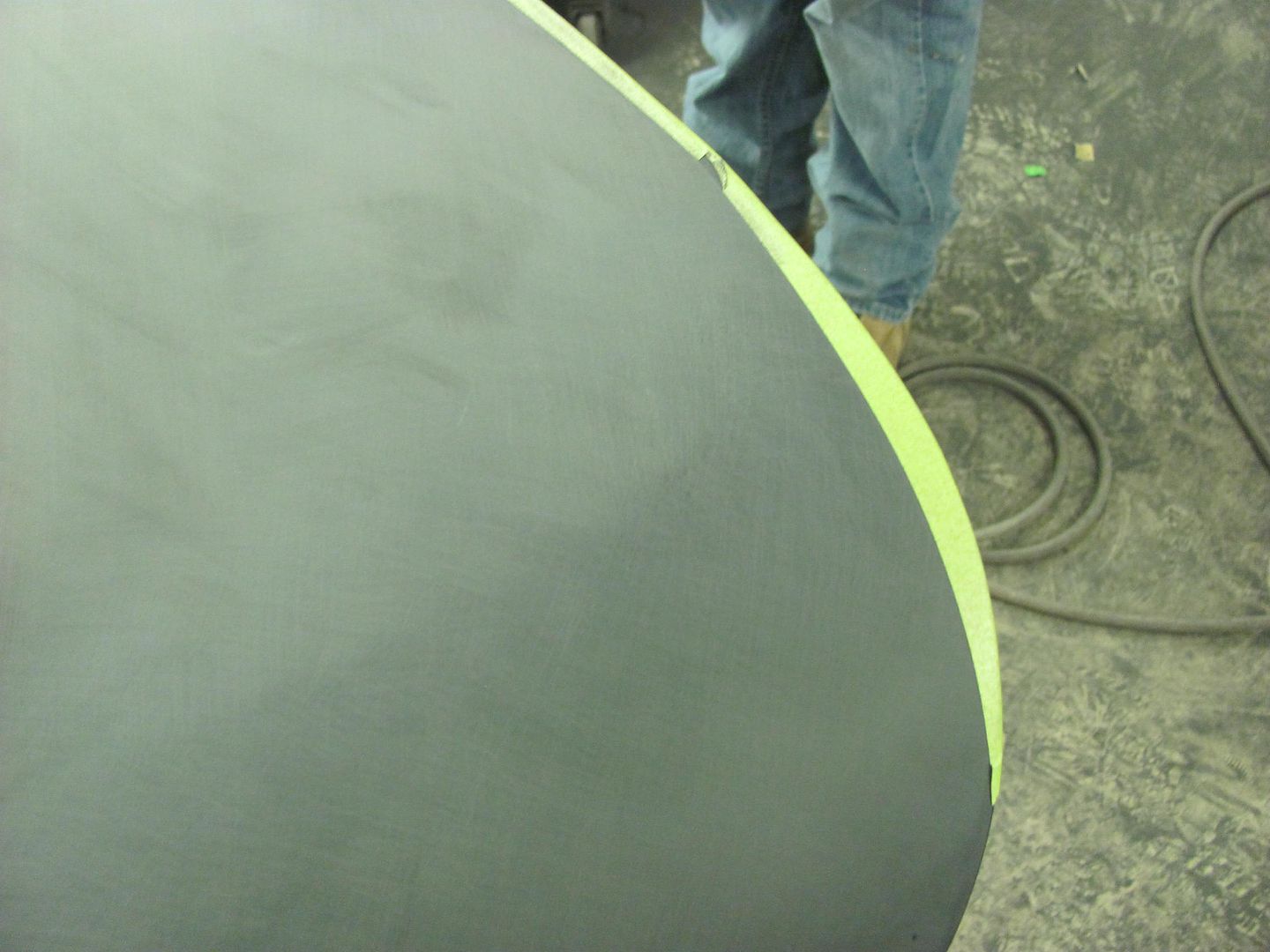
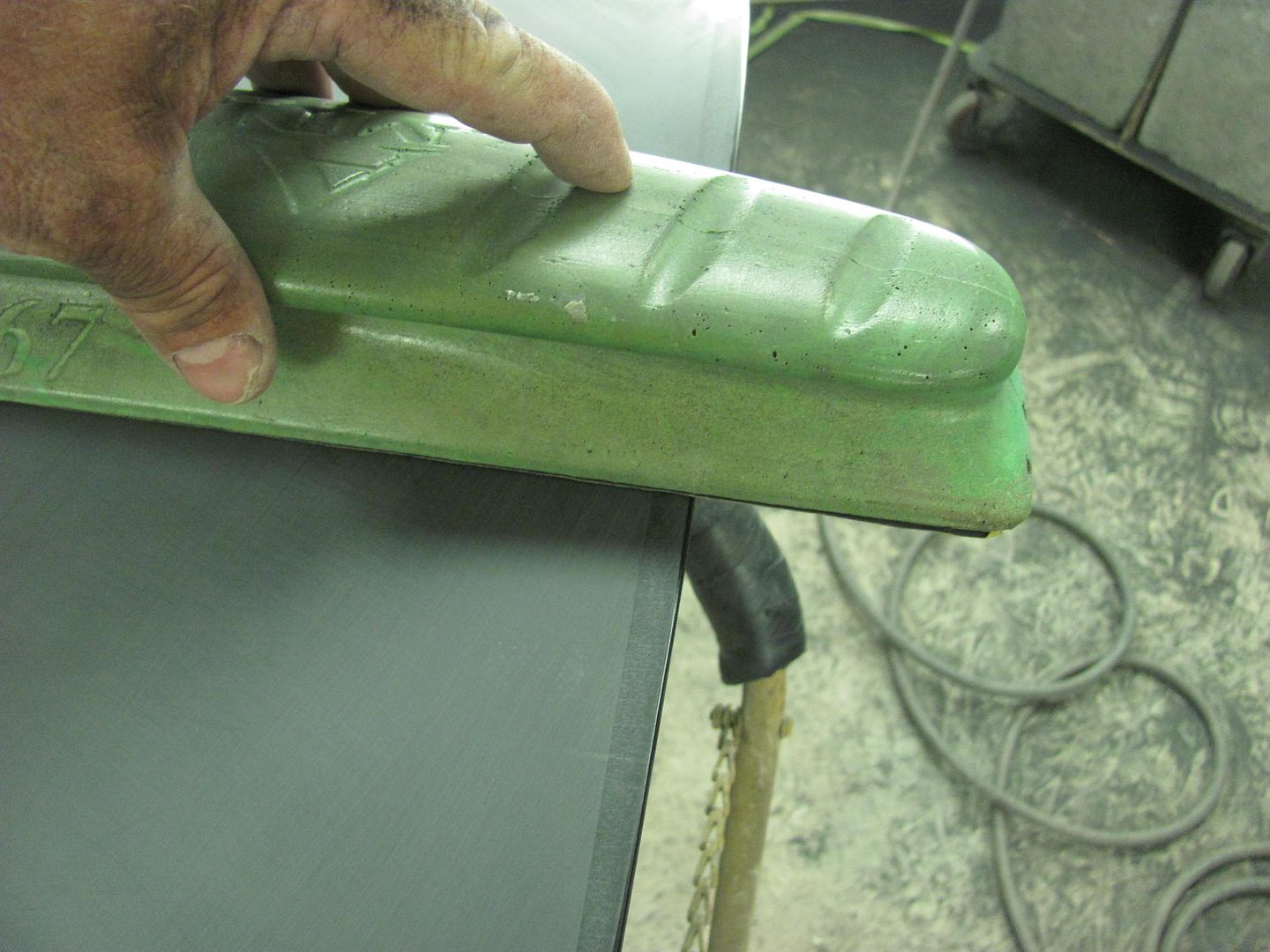
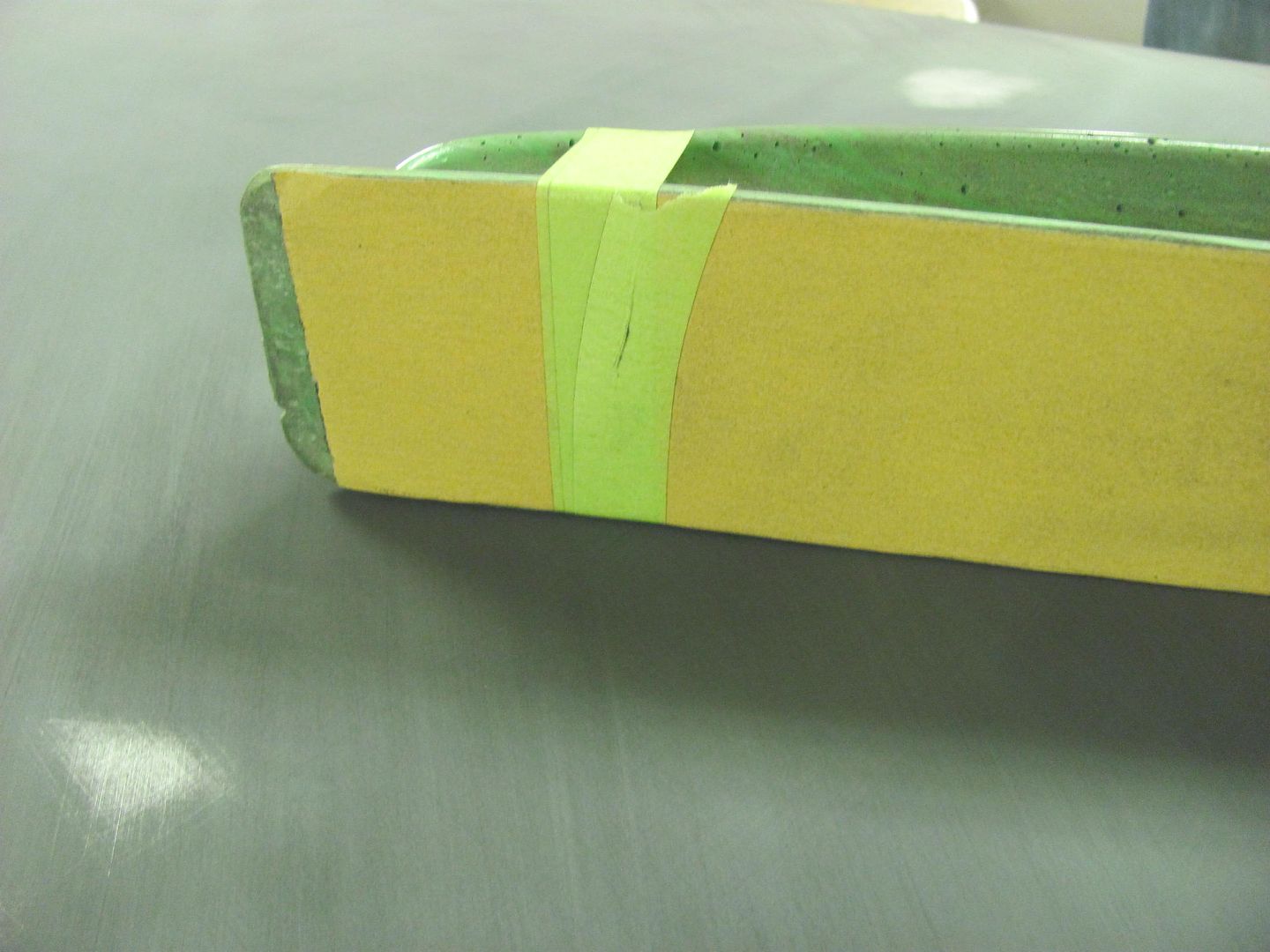
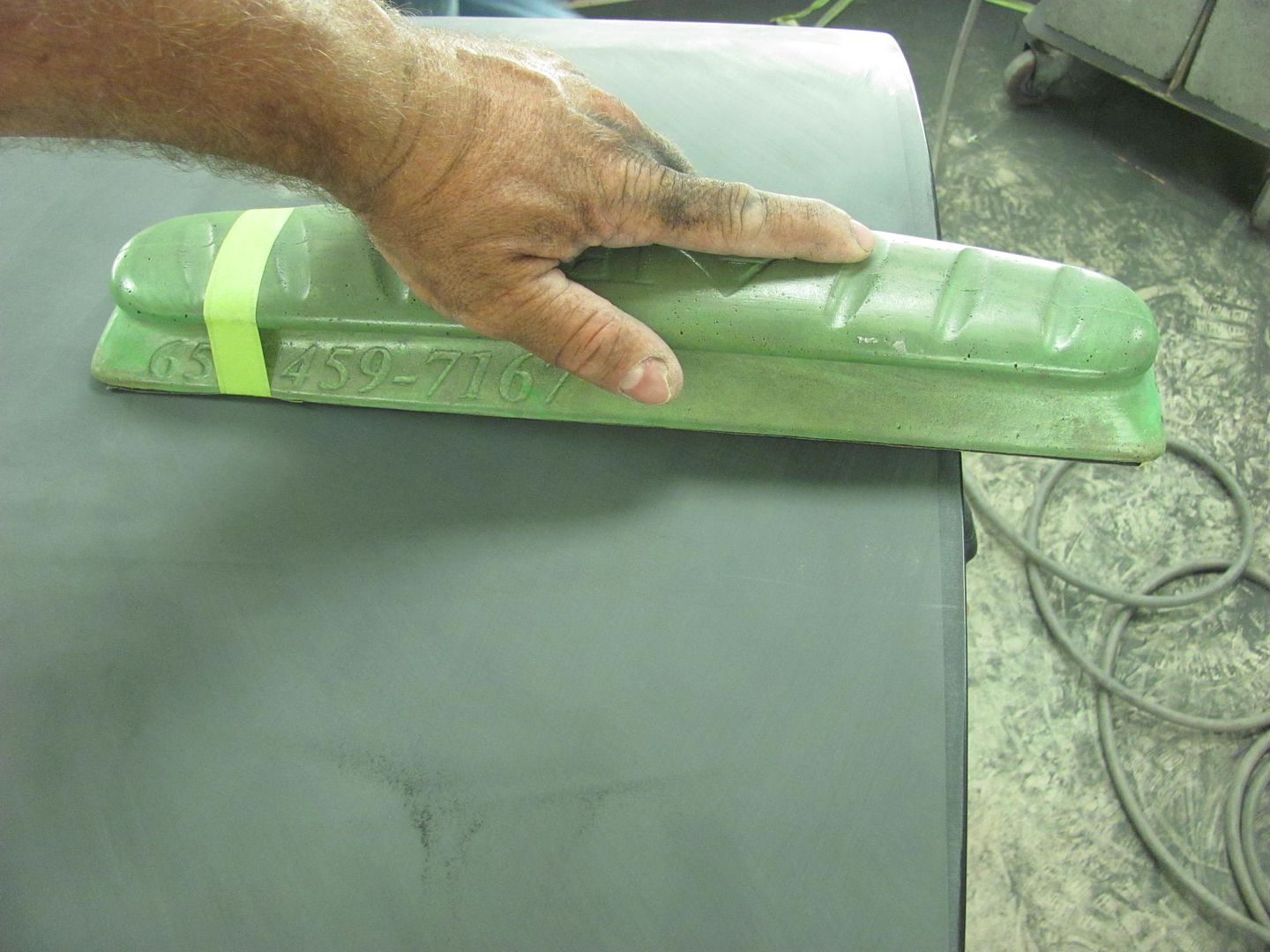
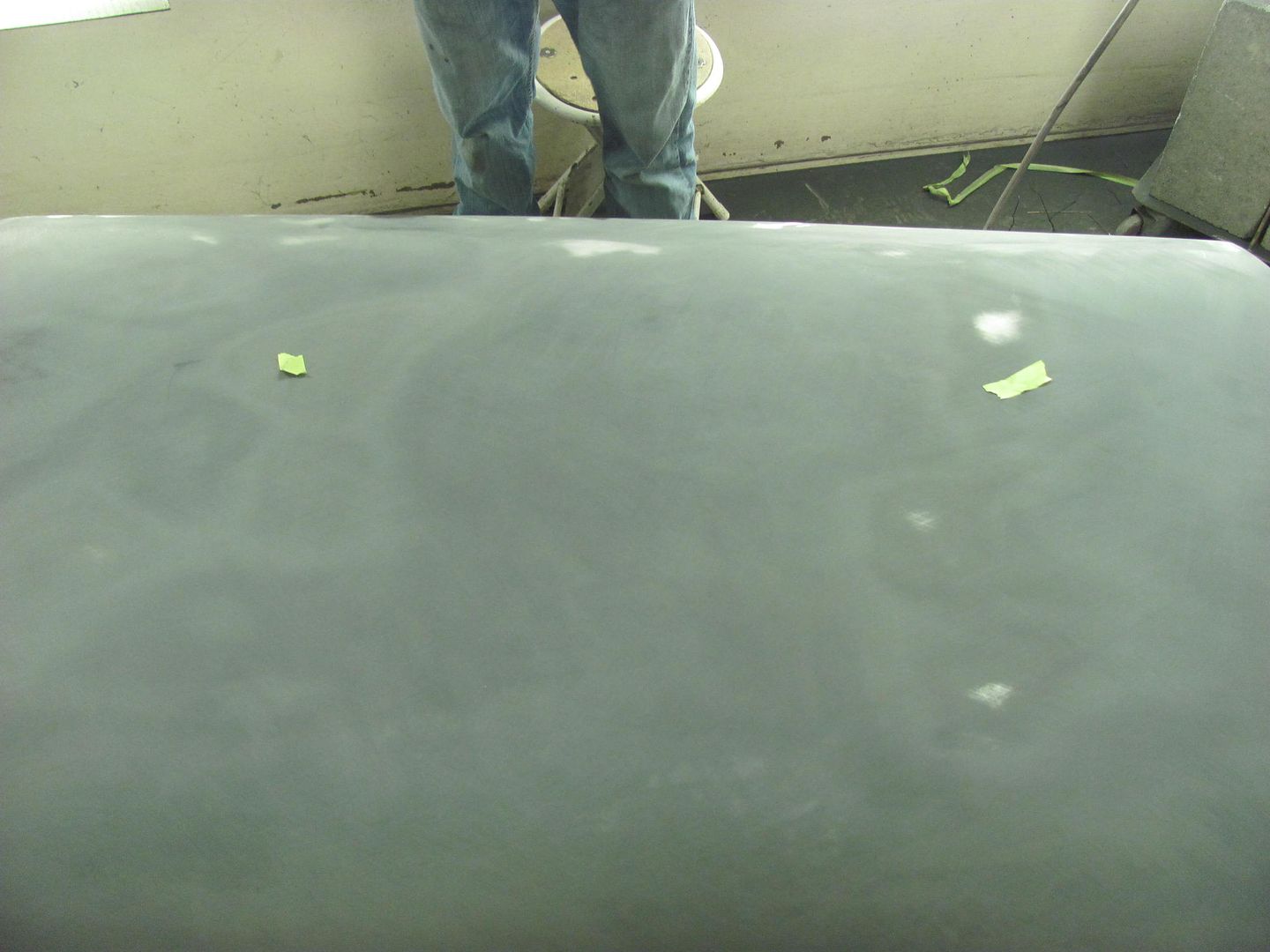
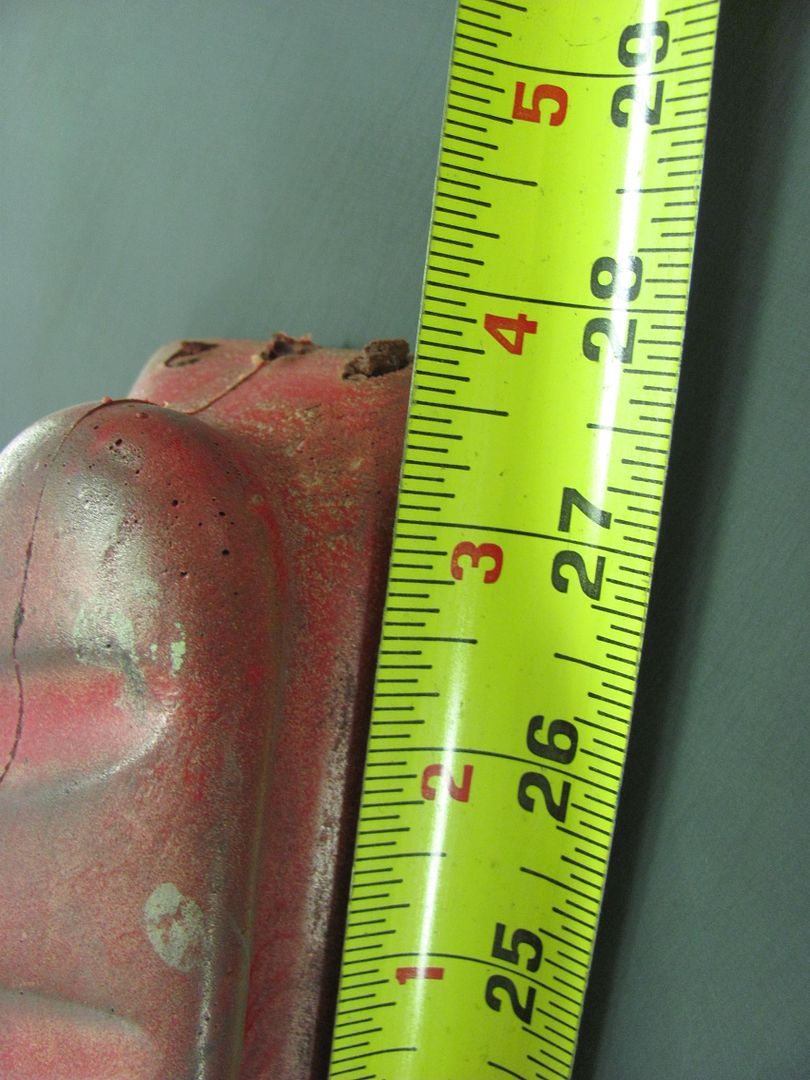
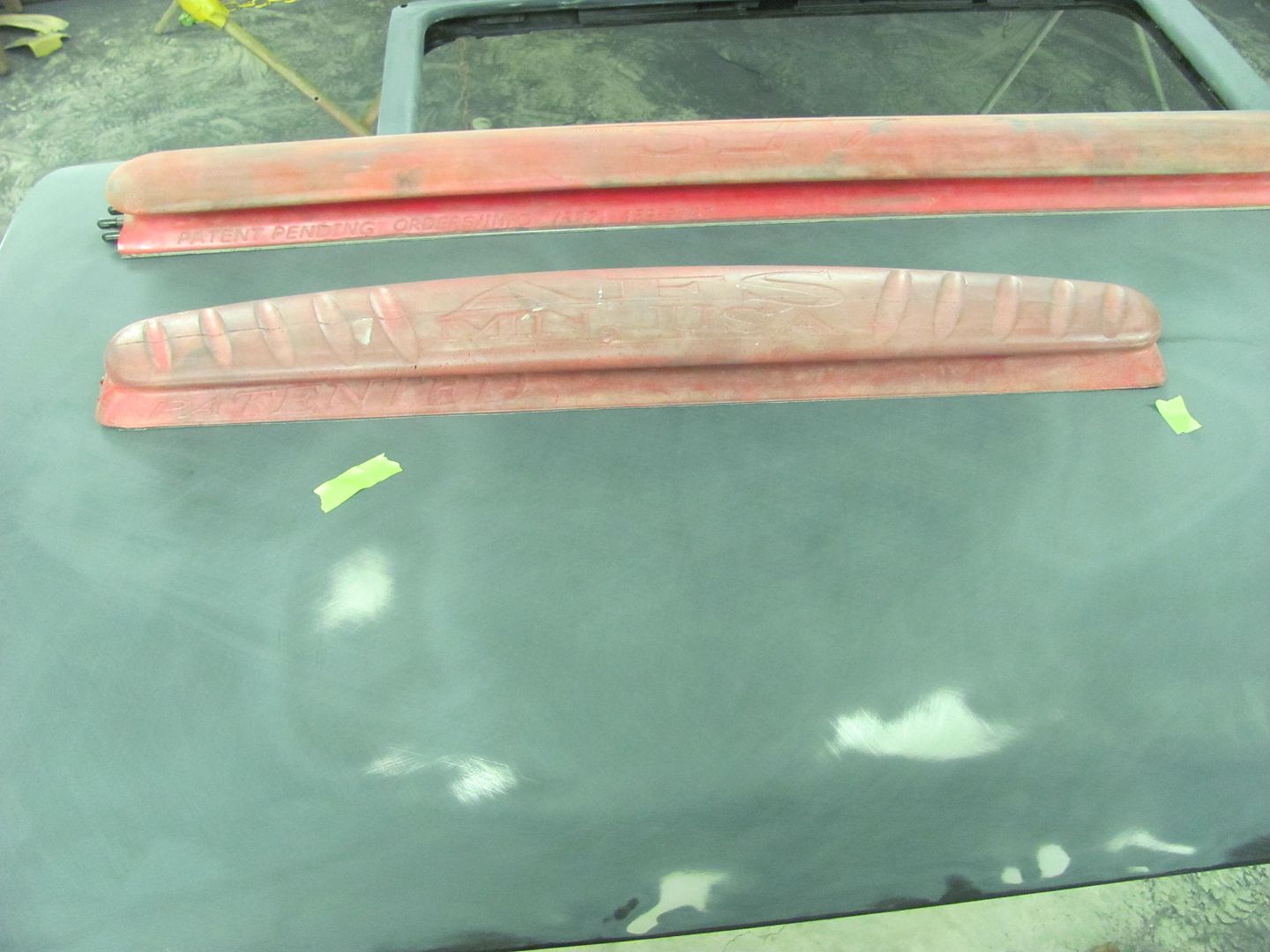
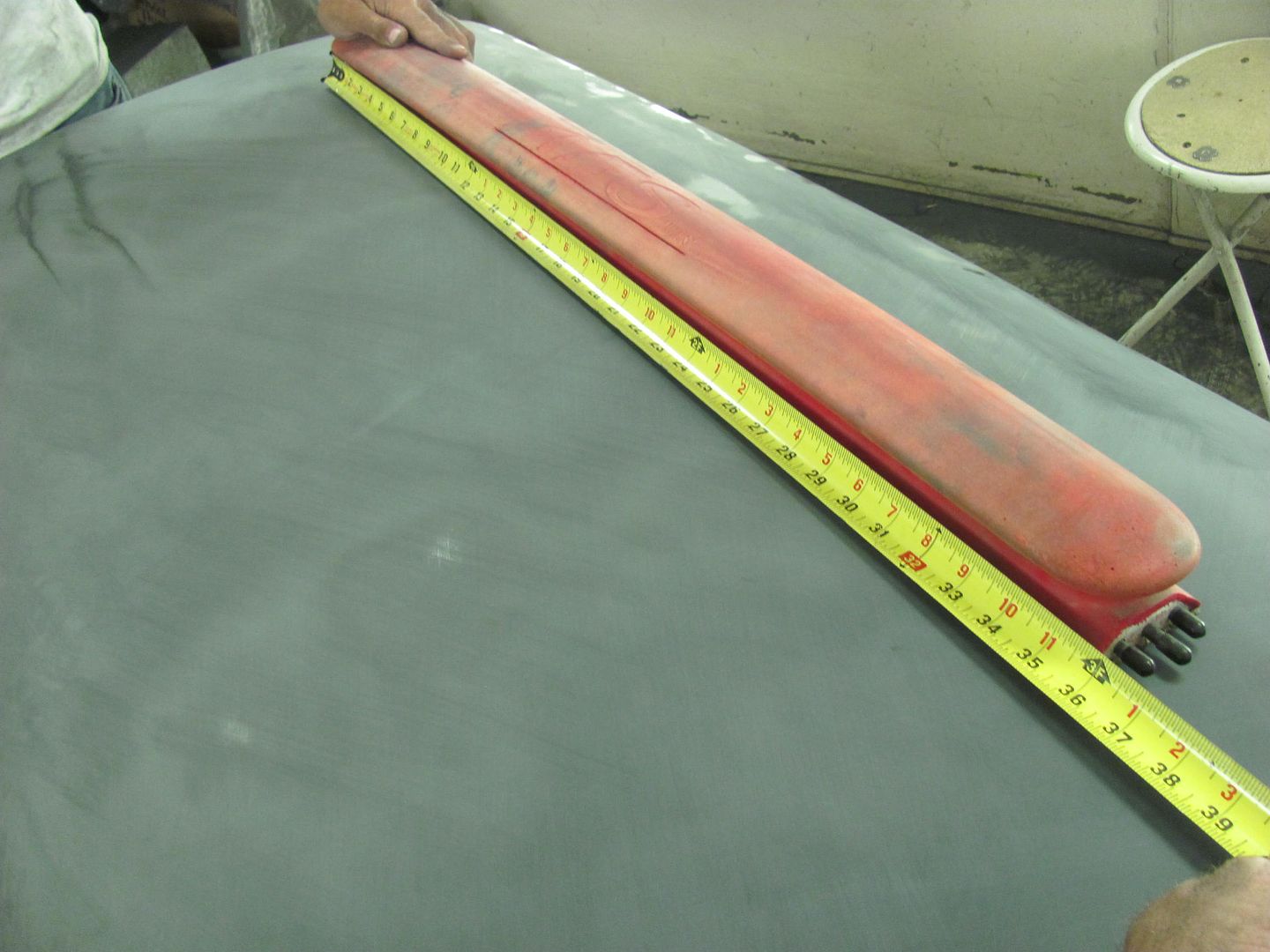
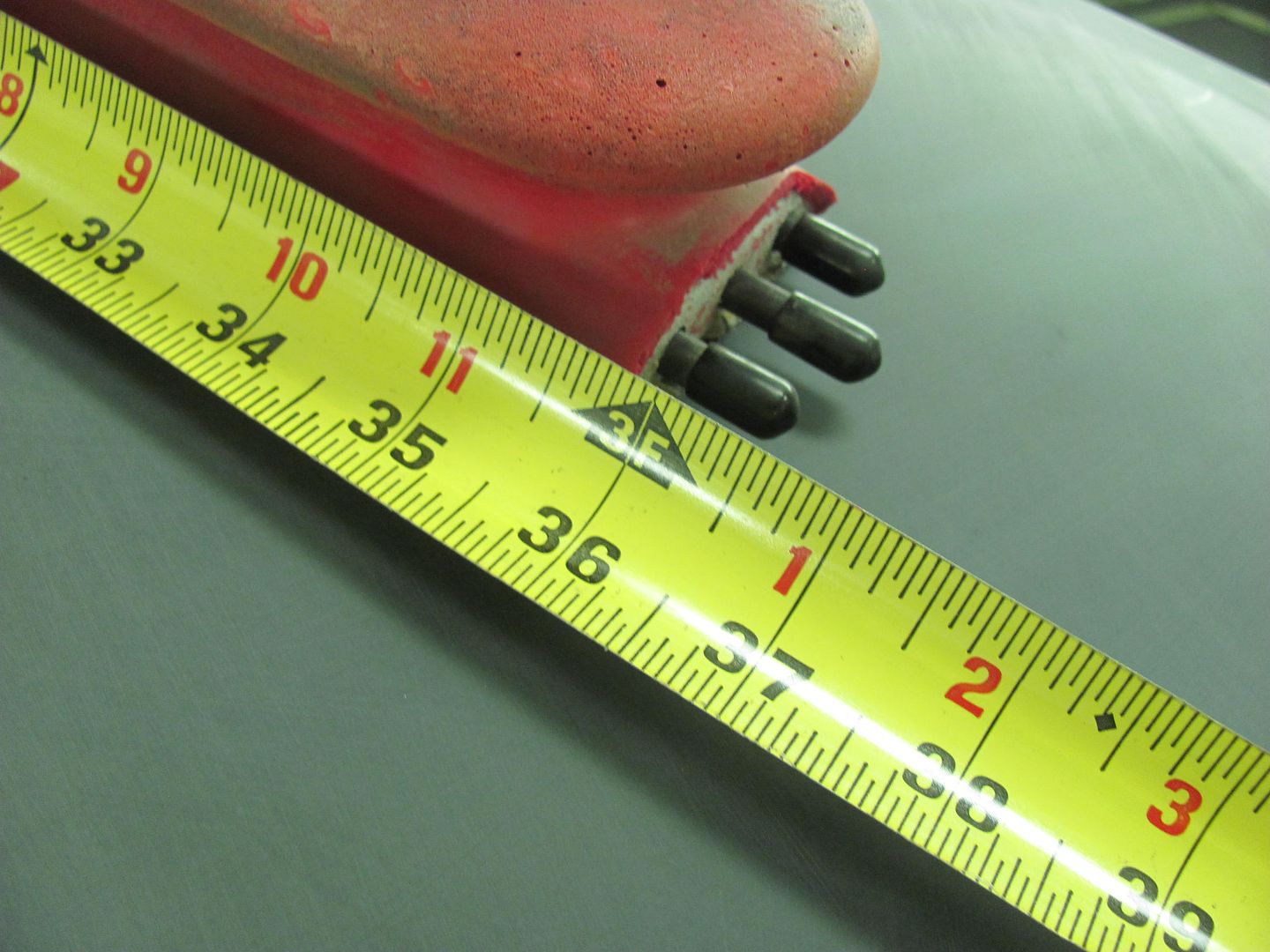
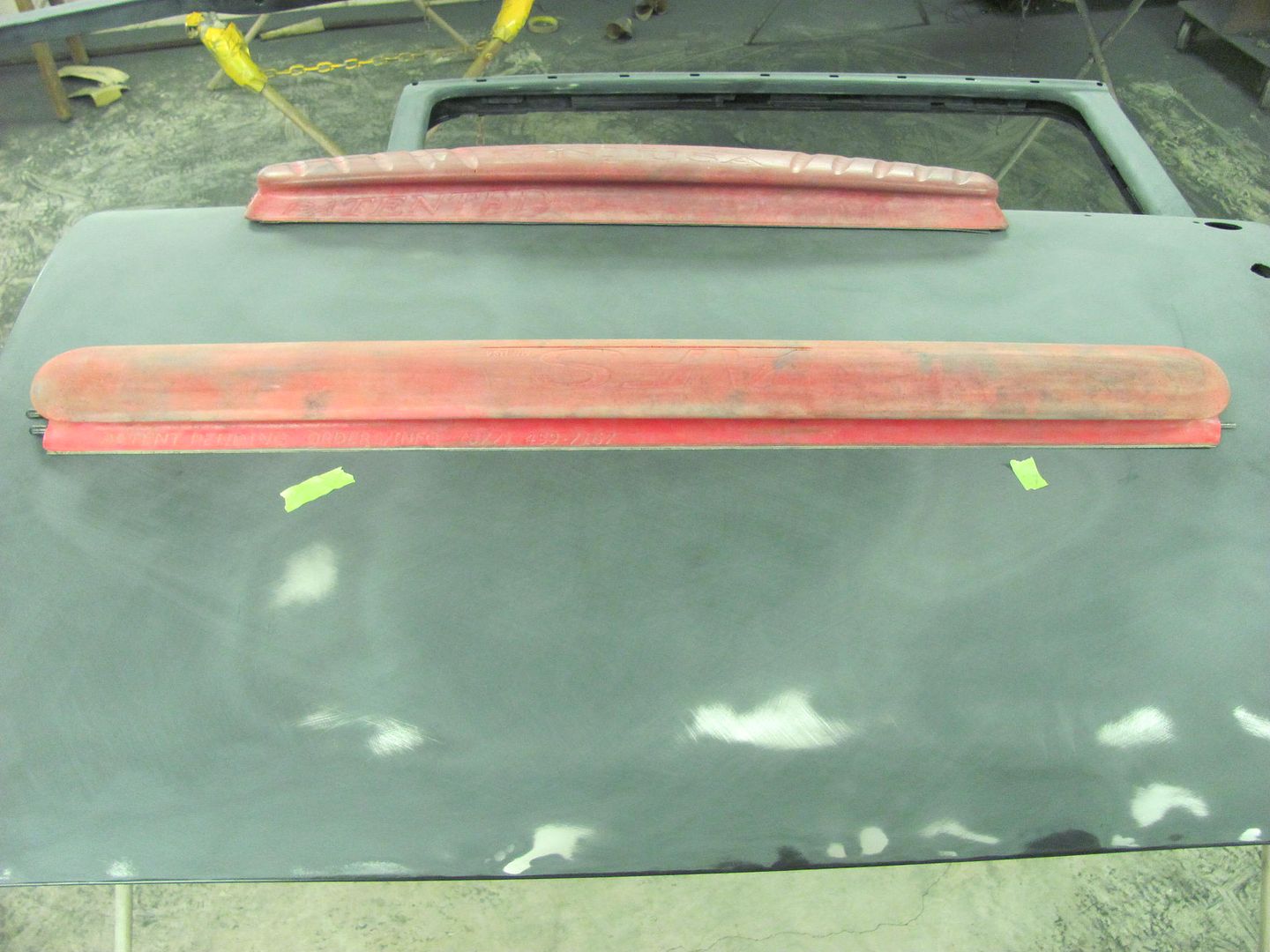

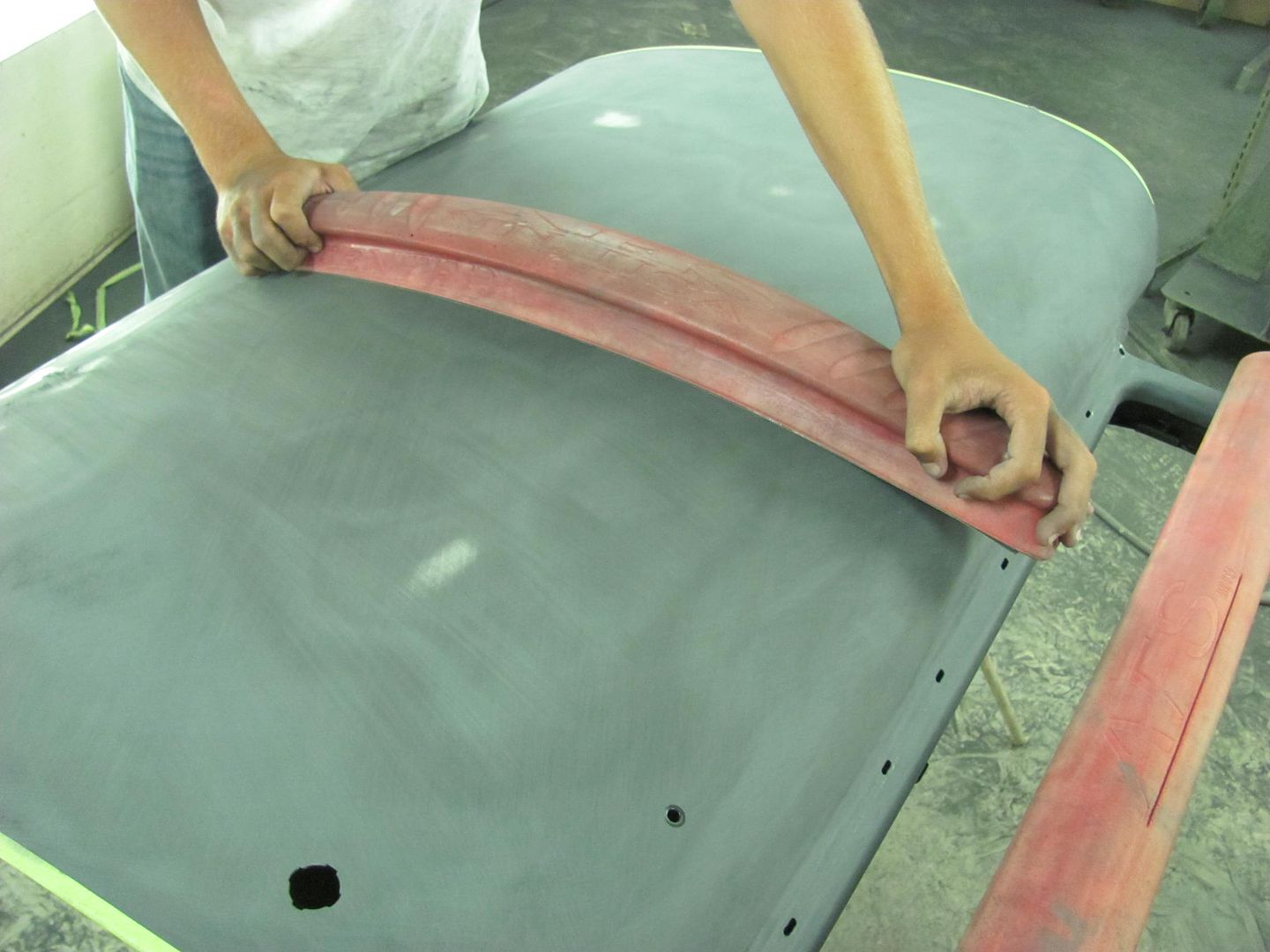


Comment